| Structure | Name/CAS No. | Articles |
|---|---|---|
 |
Acetylcysteine(N-acetylcysteine)
CAS:616-91-1 |
|
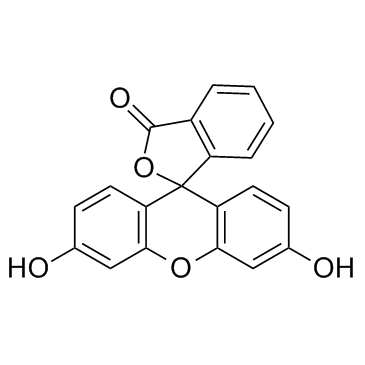 |
Fluorescein
CAS:2321-07-5 |
|
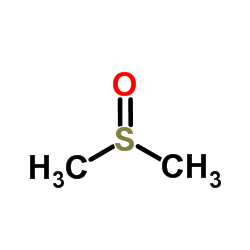 |
Dimethyl sulfoxide
CAS:67-68-5 |
|
 |
Citral
CAS:5392-40-5 |
|
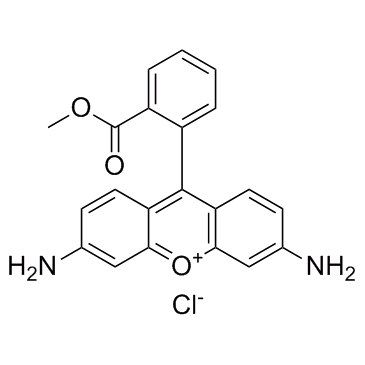 |
Rhodamine 123
CAS:62669-70-9 |
|
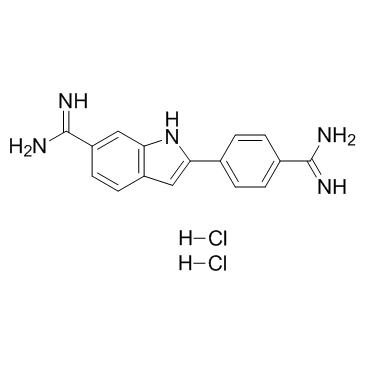 |
4',6-Diamidino-2-phenylindole dihydrochloride
CAS:28718-90-3 |
|
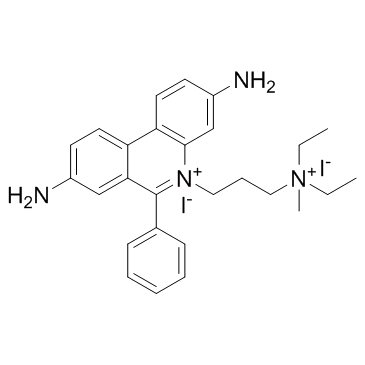 |
Propidium Iodide
CAS:25535-16-4 |
|
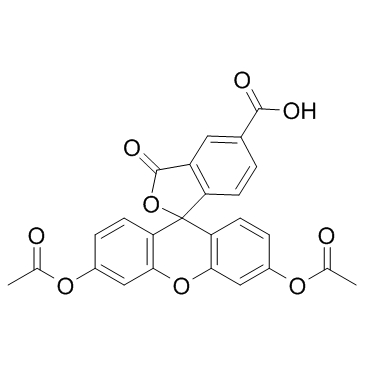 |
5-Carboxyfluorescein Diacetate
CAS:79955-27-4 |
|
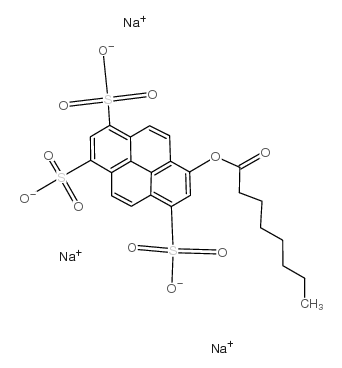 |
8-Octanoyloxypyrene-1,3,6-trisulfonic acid trisodium salt
CAS:115787-84-3 |